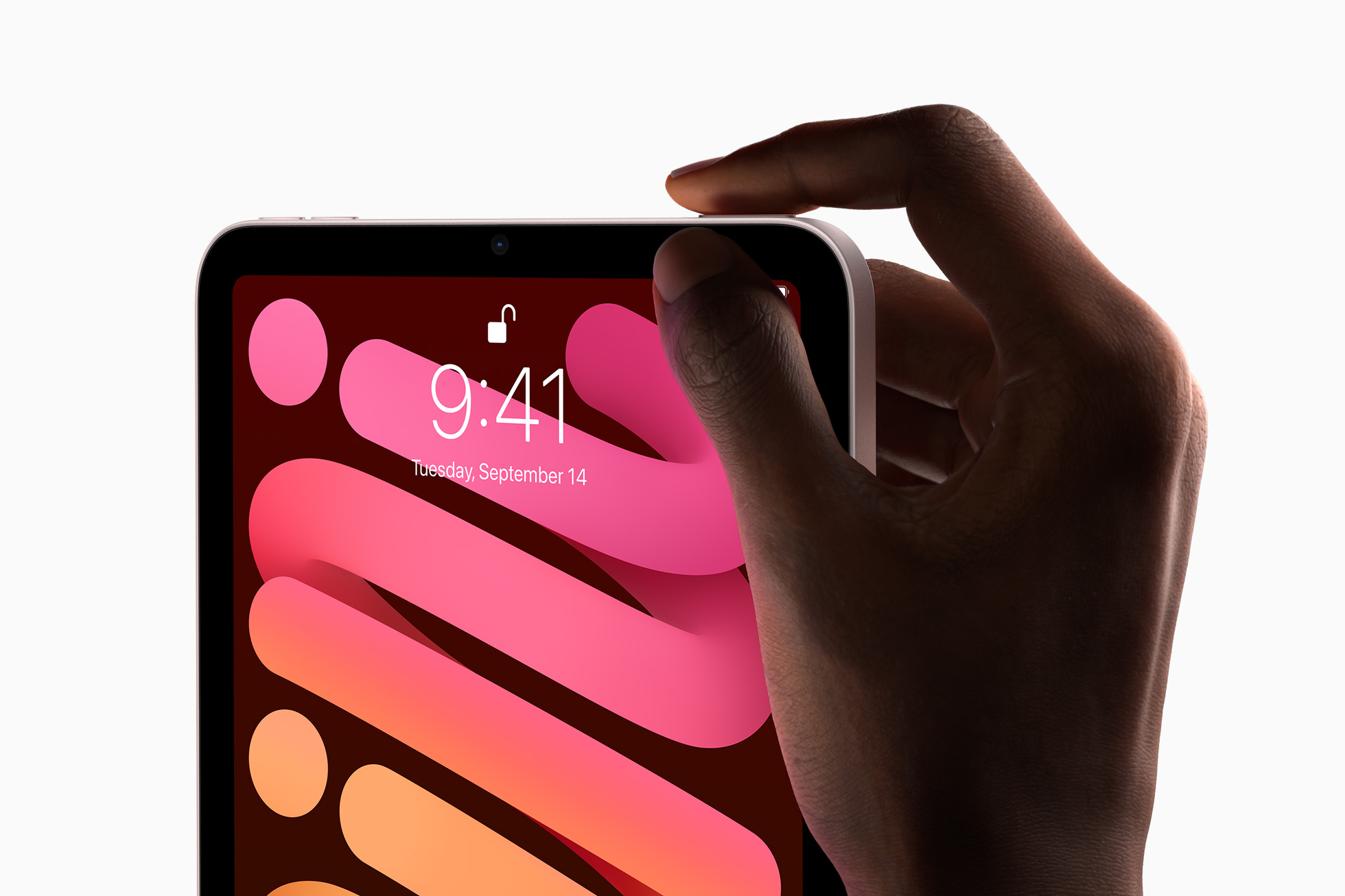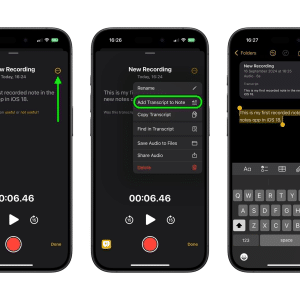Protecting our online privacy has become more crucial than ever. With Apple devices being an integral part of billions of people’s lives, securing our data on these devices should be a top priority. This step-by-step guide will take you through five essential steps to safeguard your online privacy on Apple devices.
These tips will walk you through the most important aspects of securing your Apple ID to getting a VPN and cloud storage. Additionally, we’ll share some extra tips to enhance your security to wrap up our guide. So, let’s get started!
Secure Your Apple ID
Your Apple ID is the gateway to all your Apple devices, services, and purchases, making it a target. Therefore, you must take action and protect your Apple ID before it’s too late. Firstly, you can create a secure and unique password and keep it to yourself. The popular two-factor authentication is an extra that would require verification for any actions with your Apple ID, so it’s preferable to turn it on too.
Also, regularly check suspicious logins or transactions, and immediately change login details if you suspect anything. It sounds simple enough for people to turn a blind eye, but taking care of your Apple ID can make the difference between your data being stolen and protected.

Privacy Settings
Online privacy on Apple devices begins with adjusting the privacy settings. Apple provides users with various options to adjust their device’s privacy settings to their liking. We’ve created a list of essential privacy settings to consider:
- Location: Stop allowing all apps to track your location. Most of us complain about location tracking applications but give our consent when it’s needed. It’s quite easy to adjust location settings, though. Open Settings > Privacy > Location Services, and change app settings or location altogether.
- Siri and Dictation: Siri collects voice recordings to improve functionality. But it’s your choice to disable it. If you want to make adjustments, open Settings > Privacy > Analytics & Improvements.
- Advertising: A fancy feature called Limit Ad Tracking can help you prevent advertisers from following your activity. It’s also located in the privacy settings and can be edited at Settings > Privacy > Advertising.
- App Permissions: Why would an app use your camera, microphone, and contacts if it doesn’t use them? Open Settings > Privacy and limit unusual app permissions that you may have given. It’s advisable to revise those settings frequently and make adjustments for new apps.
If we had to explain those steps with three words, they would be “simple, yet effective”. Apple allows you to take charge of your privacy with the built-in settings, but not many of us care enough to do so. You will greatly enhance your privacy, even if you stop here and take only the first two steps.
VPN
What is that magical VPN software that people have been talking about? It’s pretty simple – an app that connects you to different IP addresses with a single click – just pick a country, and you’re there. However, it also encrypts your connection, which can be very useful on public Wi-Fi. That encryption will hide your internet activity from any cyber criminals.
Your Apple device has built-in VPN support but is not limited to a specific app. The App Store has plenty of options to choose from. Make your pick, and start browsing privately without sharing too much of your data with just about anyone. Another perk of using a VPN is bypassing geo-restrictions – not all websites are available worldwide. Some websites are blocked in specific countries, but it takes just two clicks in a VPN to get access.

Secure Cloud Storage
Cloud storage is a great alternative to our old-school physical hard drives in our homes. You can keep your data protected and open it from anywhere! If the technology is there, why not make good use of it? Choosing a reputable cloud storage provider offering end-to-end encryption ensures your files are secure.
You can also secure your cloud storage with two-factor authentication, just like we did for your Apple ID in the first step. It only takes a few minutes and that extra layer is almost bulletproof!
Signing In With Apple
A simple approach to registering and logging in is through Apple services. But did you know that it’s way safer to do it instead of creating a new account? With this feature, you can avoid creating multiple accounts for different apps and services and choose to share or hide your email address to protect your online privacy.

Extra Tip for Enhanced Security
Keeping in mind the steps above and making frequent double-checks should be good enough. However, make sure you take the right approach, as Apple fixes vulnerabilities frequently, meaning that more of them are available to criminals to abuse. And most importantly, don’t turn a blind eye to security warnings and messages.













